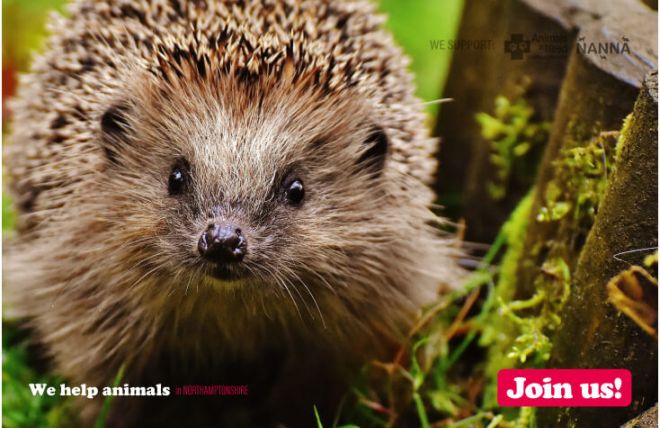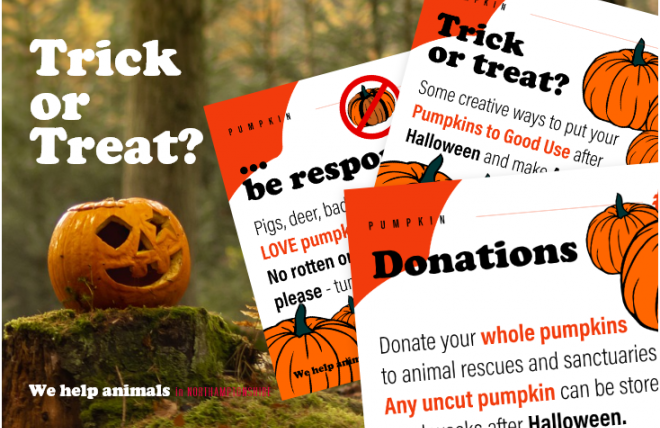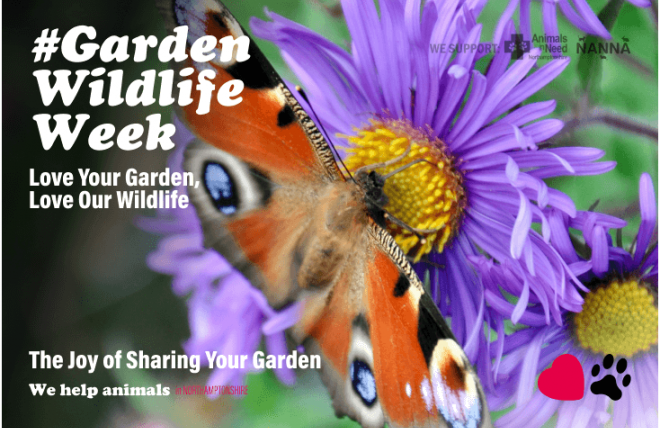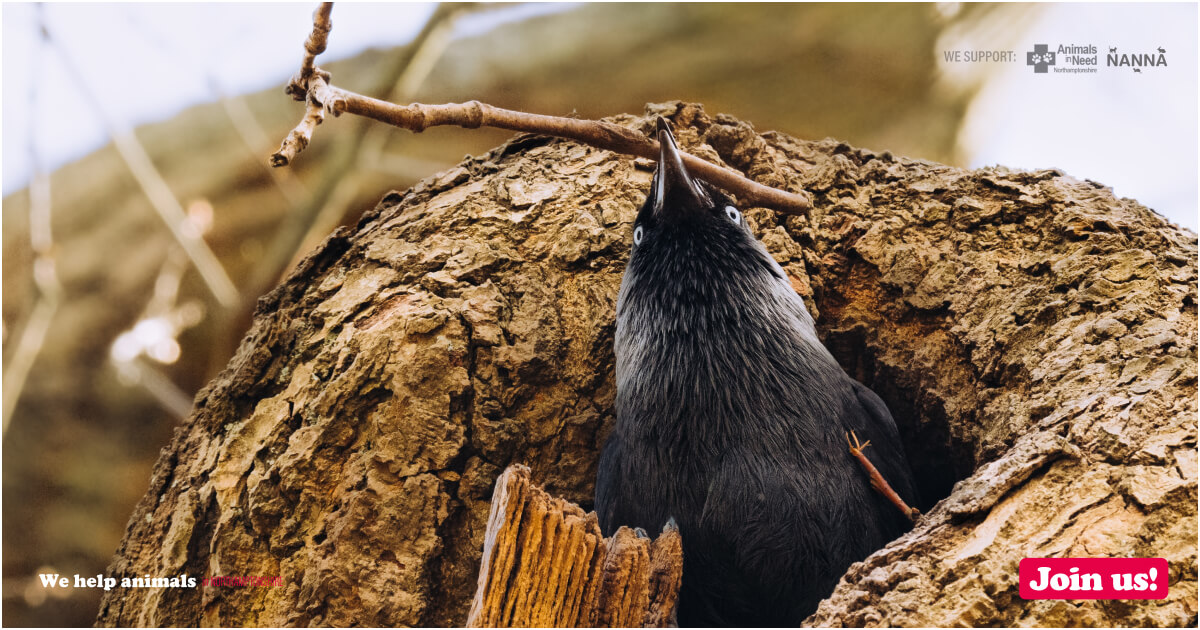
Spring is a time of renewal, growth and fresh beginnings. It is also the time of year when many bird species begin the process of building their nests and starting families. As the weather warms up and flowers begin to bloom, many of our feathered friends return from migration and come out more and begin the search for a suitable nesting area.
Nesting and Incubation
Nesting is a critical time for birds as they reproduce, hatch eggs and raise their young. The process of building a nest can take anywhere from a few days to several weeks, depending on the species. The ideal nesting site is one that is well-hidden and provides good protection from predators.
Once the nest is completed, the female bird will lay her eggs and begin the long process of incubation. This is a delicate process that requires the mother bird to carefully regulate the temperature and humidity of the nest in order to ensure that the eggs hatch successfully. Sometimes the male birds join in too. This will depend on a species. Depending on the bird type, this process can take anywhere from a few weeks to several months.
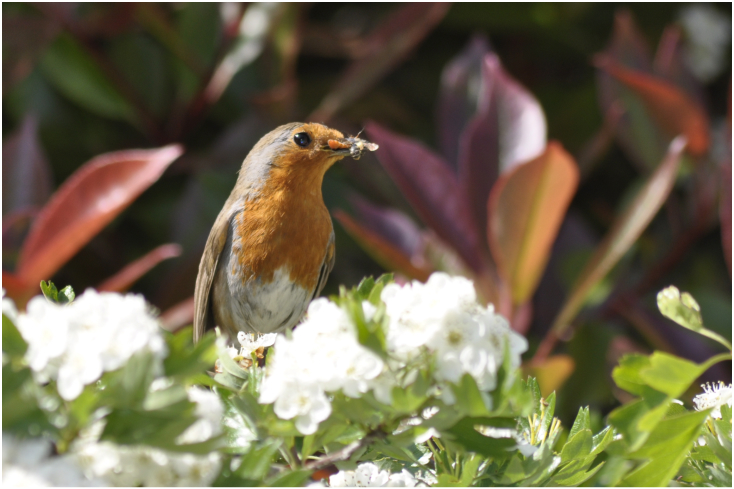
Rearing Young
Once the eggs hatch, the birds will begin the process of rearing their young. This includes feeding the fledglings, teaching them how to fly and providing protection from predators. Unfortunately, this is where many birds face significant challenges.
Challenges Faced by Birds
Predation is the biggest threat to birds during the nesting and fledgling stages. Many predators, such as cats, will actively hunt and kill birds. In fact, domestic cats are one of the biggest threats to bird populations around the world.
While cats are cute and beloved pets, they are also natural predators and are hard-wired to hunt. Their hunting instincts are triggered by movement, sound and smell, making them a significant threat to many bird species. According to research, outdoor cats are responsible for killing billions of birds each year.
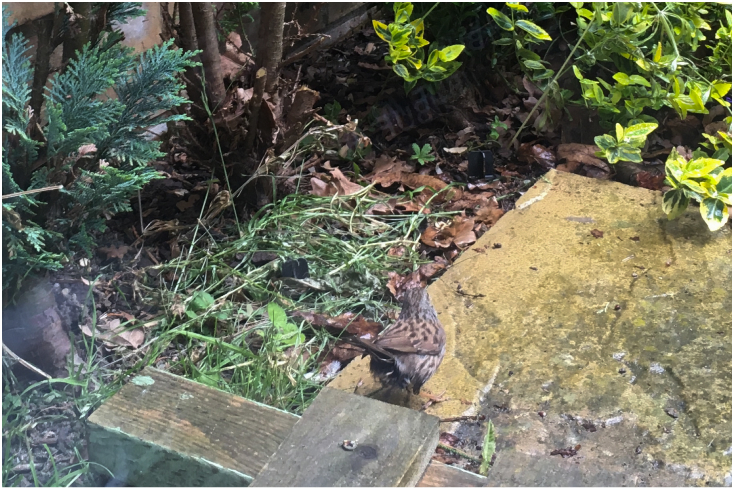
Mitigating the Impact of Predation
To mitigate the impact of predation, it is recommended that cat owners keep their cats indoors, especially during the nesting and fledgling stages. This not only protects birds but also helps to keep cats safe from outdoor hazards such as traffic, disease and other predators.
In addition to keeping cats indoors, there are other ways people can help birds during the nesting and fledgling stages. Below are a few tips to help protect our feathered friends:
|
1 |
Provide nesting sites– Installing bird houses or nesting boxes in your garden or yard can provide safe and suitable nesting sites for birds. |
| 2 |
Keep a distance– During the nesting period, it is important to keep your distance from nesting sites to avoid disturbing birds and their young. |
| 3 |
Clean feeders– Bird feeders can attract a variety of bird species, but they can also spread disease and parasites. It is important to keep feeders clean and well-maintained. We recommend cleaning the feeders at leats once a week and change water daily. |
| 4 |
Plant native species– Planting native plant species can provide food, shelter and nesting sites for a variety of bird species. These will also attract insects and by return, more birds will visit our gardens. |
| 5 |
Educate others– Educating others about the importance of protecting birds can have a significant impact in protecting bird populations. This can include sharing information about the impact of predators and ways to help increase bird populations. |
Finally
All in all, the nesting and fledgling stages are critical periods for bird species. While predation poses a significant threat, there are steps we can take to help protect our feathered friends. By keeping cats indoors and providing safe nesting sites, we can help ensure that birds have a safe and fruitful breeding season.
Please share this article to help preserve our local birds, especially now, as we are approaching the peak of bird nesting period.
